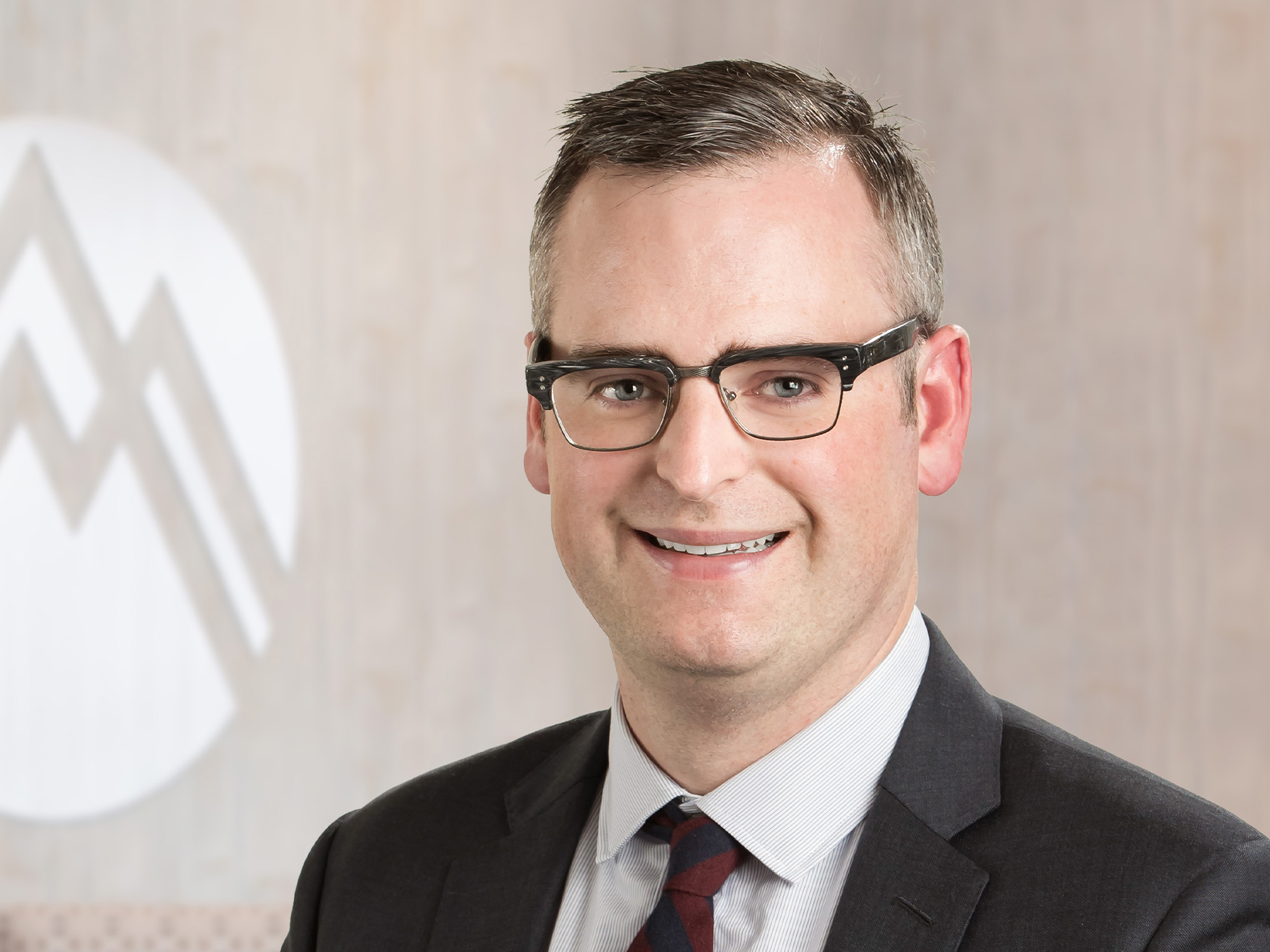Learn more about why children are at risk for a buckle fracture.
Most people understand that a fracture is another way to describe a cracked or broken bone. Because bones can break in a number of different ways, there are multiple fracture categories. One of the most common bone injuries in children is a buckle fracture. Foot and ankle surgeon Dr. Michael Anderson explains what this fracture is and describes how it happens.
What is a buckle fracture?
“A buckle fracture describes a condition where one side of a bone bends and buckles on itself even though the other side of the bone is not disrupted,” explains Dr. Anderson. “Basically, an impact causes a little bubble to form on the outer edges of the bone. The bone doesn’t shift or move far; there’s just enough force to create that little characteristic deformity. This injury is so common in young children because kids have more elasticity in their bones. As a result, a sudden impact may not cause their bones to shatter or break cleanly the way an adult bone would. Instead, it just bends, buckles, and creates the characteristic bubble on the bone.”
Causes of a buckle fracture
“This injury is definitely the result of a trauma,” states Dr. Anderson. “A child may land hard on an ankle, or try to break a fall with an outstretched wrist. Upon impact, one side of the bone compresses, crumpling down on itself.
Can a buckle fracture damage growth plates?
“Buckle fractures generally occur at the ends of the bone or near the ankle where the growth plates reside,” explains Dr. Anderson. “Although there is a theoretical risk of a buckle fracture causing a growth plate injury, that would be very rare. Usually, a fracture into the growth plate shifts the plate and alters the course of the growth of the bone. That type of injury is unmistakably different from the typical buckle fracture. Now, because a buckle fracture happens around the growth plate, there’s a chance that there could be some altered growth of the growth plate. But that condition is really rare. And parents can rest assured that we will be monitoring the injury for any sign that the growth plate might be affected.”
Symptoms of a buckle fracture
The most common symptoms of this injury are pain and swelling. “Your child may also experience bruising or tenderness at the site of the break,” notes Dr. Anderson. “Usually, if a limb looks misshapen, the injury involves more than a buckle fracture. Buckle fractures don’t usually present with obvious deformities of the length. And of course, if you have any concerns, I am always happy to examine the injury and provide appropriate treatment.”
How common are ankle buckle fractures?
“Because healthy growing children are active, we see our share of buckle fractures at Summit,” says Dr. Anderson. “Parents may want to be aware that buckle fractures are actually more common in the wrist and arm than they are in the foot and ankle. Summit’s hand and wrist specialists probably treats more buckle fractures than I do. When a buckle fracture does affect the wrist, we generally treat them pretty conservatively. We may put a child in a cast or a brace to immobilize the injury and modify activity for a period of time.”
Treatment of ankle buckle fractures
“When these fractures occur in the ankle, I’ll be more aggressive than hand and wrist specialists might be in terms of limiting activity during recuperation. That’s because the foot and ankle are weight-bearing, whereas the wrist is not. I tend to put kids into either a cast or boot, depending upon the severity of the injury. If a child is experiencing a lot of uncomfortable symptoms, sometimes a cast will help calm things down. Otherwise, a boot is fine. Parents can expect me to keep a child not bearing weight for a couple of weeks, until pain and the swelling have subsided. The good news is that these injuries tend to heal very quickly in children.
When should symptoms be medically evaluated?
“I think parents generally have pretty good intuition about these things,” says Dr. Anderson. “If your child lands on an ankle and gets back to normal activity quickly, I don’t think you need to call me. But if that ankle becomes swollen or persistently painful, it’s probably wise to get it checked out just to make sure that everything is OK. We want to make sure there’s not a growth plate injury or a displaced fracture. Even if the injury is just a sprain or a buckle fracture, I can offer advice or tips—or use a boot or splint to help make symptoms more manageable as your child heals.”
“Here’s the thing,” he advises, “It’s never wrong to bring your kid in if you are concerned. As the father of two young and active daughters, I understand how concerned parents can be. I get a pit in my stomach every time I see one of my girls take a hard fall. If you are worried, bring your child in for an exam. The best-case scenario for me is that everything is OK and your child doesn’t need any specific treatment. I am happy to provide reassurance to concerned parents—it’s great when I can tell them everything is OK. And every once in a while, the injury is serious. It’s so much better to be safe than sorry that your child didn’t get care when it was needed.”
Summit Orthopedics offers personalized foot and ankle expertise
Our fellowship-trained foot and ankle physicians understand that your mobility depends on the health of your feet and ankles. If you have suffered an injury or are experiencing symptoms that make walking painful, our team of foot and ankle specialists can help with conservative treatment; proven, evidence-based surgical options; and expert rehabilitation support. Summit Orthopedics specialists have the expertise to evaluate your discomfort and develop a plan to quickly and safely get you back on your feet and on your way.
Start your journey to optimal foot health. Find your foot and ankle expert, request an appointment online, or call us at (651) 968-5201 to schedule a consultation.
Summit has convenient locations across the Minneapolis-St. Paul metro area, serving Minnesota and western Wisconsin. We have state-of-the-art centers for comprehensive orthopedic care in Eagan, MN, Plymouth, MN, Vadnais Heights, MN, and Woodbury, MN, as well as additional community clinics throughout the metro and southern Minnesota.
More resources for you
- Read about heel fractures
- What Can I Do to Fix a Broken Toe?
- Watch the video: Signs of a Fracture
- Why Do My Feet Hurt? Part 2

